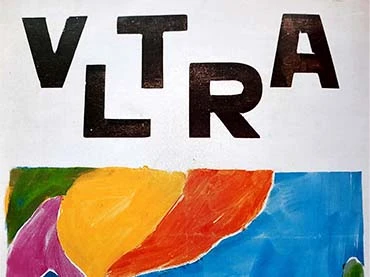
Held on 26 abr 2022
Free Unions is a series of events, tours and activations that take place in the rooms of Communicating Vessels. Collection 1881–2021, the new rehang of the Museo Reina Sofía Collection. The programme is made up of different thematic strands, the title alluding to the poem Free Union (1931) by André Breton in its definition of psychic automatism as an alternative to rationalism. The transgressive spirit of that poem, which takes apart rational discourse through a lexical juxtaposition to generate other relationships and significations, governs this public programme, in which recitals, readings, debates, performances and actions in these rooms transgress the aura of the white cube.
The first of these events, Avant-garde Gatherings, is activated in rooms 201.01, 201.02 and 201.03. Holy Bohemia. Madrid, Paris, Barcelona and Room 202.03. Stridentopolis. An Urban Utopia, in which a fin de siècle cuplé and a series of machine-like, phonetic sound concerts on these early avant-garde movements are performed. This drift seeks to retrieve the sounds, attitudes and different forms of experiencing the city that shared time and space with this early bohemia via cuplés. The cuplé was conceived as a music genre with a double form: at once iconoclastic, transgressive and sexual and with empowered and feminist lyrics, as well as a mise en scène linked to the absurdism and nonsensicality of Dadaism and its cabaret scenes.
The second part of the programme approaches music and sound poetry in outlying historical avant-garde movements, such as Vibrationism and Ultraism in Spain and Stridentism in Mexico, movements which reflect on sound and modernity and hold a prominent place in the new arrangement of the Museo’s Collection.
This programme resituates such movements from the music and poetry they generated, in parallel to the visual arts, now exhibited in the Museo’s rooms to initiate other dialogues.
Tuesday, 26 April 2022 – 7pm
First part. A Sicaliptic, Ultraist Bohemian Drift
[dropdown]
In homage to all those stars from a forgotten constellation who sang about daily life and urban advances during the long Silver Age.
“The modest and timid writers saw in that woman (La Chelito) a comrade in the struggles against a dark present. They would all break down the walls of boredom [...]”.
Ramón Gómez de la Serna, “The Globe and Discovery of La Chelito”, 1930
This drift retrieves the sounds, attitudes and different forms of city living that shared time and space with the bohemia of the Silver Age. Víctor Fuentes ensured that there were three native promotions of bohemians. The rehang of the Museo Reina Sofía Collection is traversed by the second, Holy Bohemia in Madrid, Paris and Barcelona, and the third, where poets from El movimiento V. P. emerged with incendiary words, mocking grins, nihilistic intentions, rebellious gestures and futurist brains. Thus, they journey through the exhibition rooms singing the cuplés that show the other side of the same reality with malice, cunning and implausible equilibrium, the worst ulterior motive and joking around: the predictable ending to the film La revoltosa (The Troublemaker, Florián Rey, 1924) contrasts with the lyrics of Guasa viva (Living Humour), a satire on marriage; those women who “lived the wrong life” — an allusion to the book by Constancio Bernaldo de Quirós from 1901 — demand their place in the pantheon of Madrid’s underworld, the coils of smoke from their cigarettes recalling a time of sensual pleasure and the right to sexual enjoyment; Paris arrives with its light and inspiration; Félix Limendoux, a holy bohemian, invents the term that gives meaning to a large part of the musical production from the time: “the sicalipsis”.
By way of cuplés and concerts that are part of the first programme, these gallant, frivolous and chic women, half epileptic, half syphilitic, gift Picasso a “frivolous queen” and Hermen Anglada Camarasa a Cocaine Tango. Exalted voluptuousness, impotent energies and intoxicated flowers lead to a renewed bohemia, where old young poets and young old poets write a manifesto, publish a magazine and try, unsuccessfully, to provoke a scandal. The voltaic eyes and telescopic legs of new female beauty announce the true “pure ultraism”, and the wonderful poetic dresses of Sonia Delaunay (Sofinka Modernuska) allow poems to be performed now and always.
[/dropdown]
Felipe Orejón. Guasa viva (Living Humour)
A creation by Laura Inclán, La Verbeníssima, 2022, based on the premiere by Carmen Flores, 1920
Félix Garzo (lyrics) and Joan Viladomat (music). Fumando espero (Smoking, I Wait)
A creation by Aldegunda Vergara, the cuplé Goddess, 2022, based on the premiere by Pilar Arcos, 1922
Remar y Eddy (lyrics) and Laura Inclán (music). La reina frívola (The Frivolous Queen)
A creation by Laura Inclán, La Verbeníssima, 2022, based on the premiere by Consuelo Hidalgo, 1923. Version set to music by La Verbeníssima in the absence of the original score.
Amichatis (lyrics) and Juan Viladomat (music). Tango de la cocaína (Cocaine Tango)
A creation by Aldegunda Vergara, the cuplé Goddess, 2022, based on the premiere by Ramoncita Rovira, 1926
Joaquín Marino (lyrics) and M. Font de Anta (music). ¡¡Ultraísmo puro!! (Pure Ultraism!!)
A creation by Laura Inclán, La Verbeníssima, 2022, based on the premiere by Amalia de Isaura, 1922
Credits
Performers
Gallant and sicaliptic cuplé singers: Laura Inclán, La Verbeníssima, and Aldegunda Vegara, the cuplé Goddess
Piano: Patricia Pérez
Poetic garment: Drina Marco
Programme: Gloria G. Durán (University of Salamanca)
Segunda parte. Concierto vibracionista y estridentista
[dropdown]
In homage to the vibrationist-ultraist composer Carmen Barradas (1888–1963) and the centenary of her piano recital in the Ateneo de Madrid (1922–2022)
“This is my sister, a spiritual figure and an evasive Russian student, English feminist and Polish or Austrian Pianist”.
Rafael Barradas
This concert spotlights the music and sound poetry of outlying historical avant-garde movements, such as Vibrationism and Ultraism in Spain and Stridentism in Mexico, which reflect on sound and modernity and play a prominent role in the rearrangement of the Collection. From Vibrationism and Ultraism, the music of composer Carmen Barradas is performed, an artist who spent a long period in the shadow of her brother, the painter Rafael Barradas, and whose contribution to Spanish avant-garde art is only just being appreciated now. In 1920, the co-founder of Ultraism, Guillermo de Torre, pointed to her as a unique representative of the “musical ramification” of the movement. Consequently, the concert means to grant recognition and pay homage to the piano recital she performed in the Ateneo de Madrid in 1922. The music is accompanied by the recital of phonetic Ultraist poems released in the same era.
Ultraism also influenced other Latin American avant-garde movements, for instance Mexican Stridentism (1921–1927), the uniqueness of which was based on carrying out a political projection in social and cultural practice. This was made possible by the participation of Stridentists inside Heriberto Jara’s government in the State of Veracruz (1924–1927), rebaptising, among other initiations, the capital, Xalapa, as Stridentopolis. The concert is performed in the room sharing the same name — Room 202.03. Stridentopolis. An Urban Utopia, relating the texts from magazines and books displayed to the visual works exhibited. As an epilogue to the movement and concert, a total artwork joins a mask-megaphone sculpture by Stridentist Germán Cueto, the verbal music of Michel Seuphor and the noise sounds of Futurist Luigi Russolo, carried out inside the framework of the exhibition Cercle et Carré (1930) in Galerie 23 in Paris.
Vibrationism (1917–1920) y ultraism (1918–1926)
Carmen Barradas. Cajita de music (Little Music Box)
Piano, ca. 1915
Carmen Barradas. Fabricación (Manufacturing)
Piano and MIDI version for factory noise, 1922
Rafael Barradas. Bonanitingui
Vibrationist drawing, 1917
Xabier Bóveda. El tranvía (The Tram)
Phonetic poem, 1919
Carmen Barradas. Espera el coche (Waiting for the Car)
Piano and bell, 1923
Carmen Barradas. Poema de una calle (Nocturno) [Poem of a Street] (Night-time)
Piano, 1919
Lucía Sánchez Saornil. Panoramas urbanos (espectáculo) (Urban Landscapes) (Spectacle)
Poem, 1921
Francisco Vighi. Celestiales fuegos artificiales (Celestial Fireworks)
Poem, 1920
Carmen Barradas. Piratas (Pirates)
Piano, 1923. Unfinished manuscript, based on a text by Ultraist José de Ciria y Escalante
Carmen Barradas. Taller mecánico (Mechanical Workshop)
Piano, 1928. Unfinished manuscript
Jacobo Sureda. Concinación (Harmonious)
Phonetic poem, 1926
Fernando María Milicua. A caballo, río y Martín Pescador (Horseback, River and Kingfisher)
Phonetic poem, 1925
Rafael Cansinos Assens. Dada medical (Medical Dada)
Unpublished from Jacques Doucet’s Literary Library. Homage to the failed Ultra-Dada festival, 1921
stridentism (1921–1927)
Manuel Maples Arce. Irradiador estridencial (Stridentist Irradiator)
Calligram, 1923
José Pomar. Piano percusivo para Preludio y fuga rítmicos (Percussive Piano for Rhythmic Prelude and Fugue)
Piano extract with drumstick and piece of wood, 1932
Kyn Taniya. Números (Numbers)
Radiophonic poem, 1924
Xavier Icaza. Panchito Chapopote
Book extract, 1926
Stridentist-Futurist-Geometric Abstraction Epilogue
Germán Cueto with Michel Seuphor and Luigi Russolo. Máscara-megáfono (Mask-Megaphone)
Verbal and noise music, 1930
Credits
Performers
Piano: Patricia Pérez
Voice: Jesús Ge
MIDI: Leopoldo Amigo and Miguel Molina
Mask-megaphone: Paco Benavent
Radio-head: Rosa Mira
Programme: Miguel Molina Alarcón (Universitat Politècnica de València) and José Luis Espejo
[/dropdown]
Organised by
Museo Reina Sofía
Programme
Free Unions
Inside the framework of

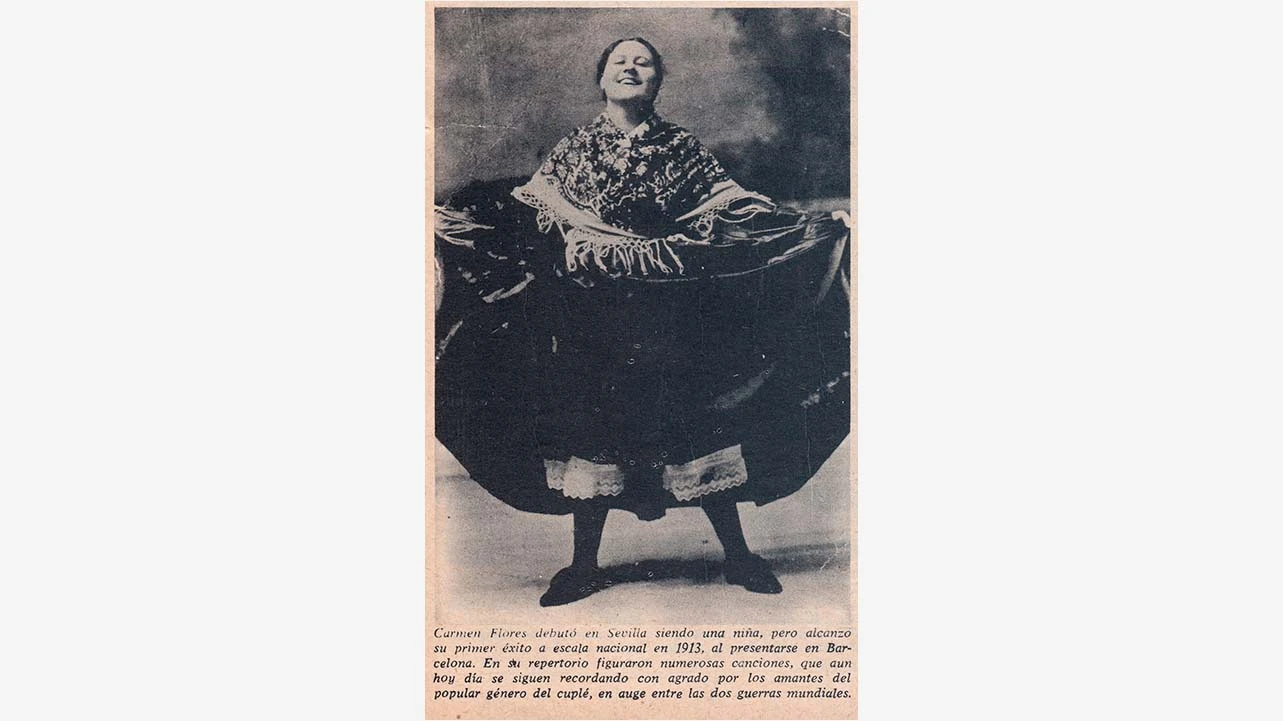
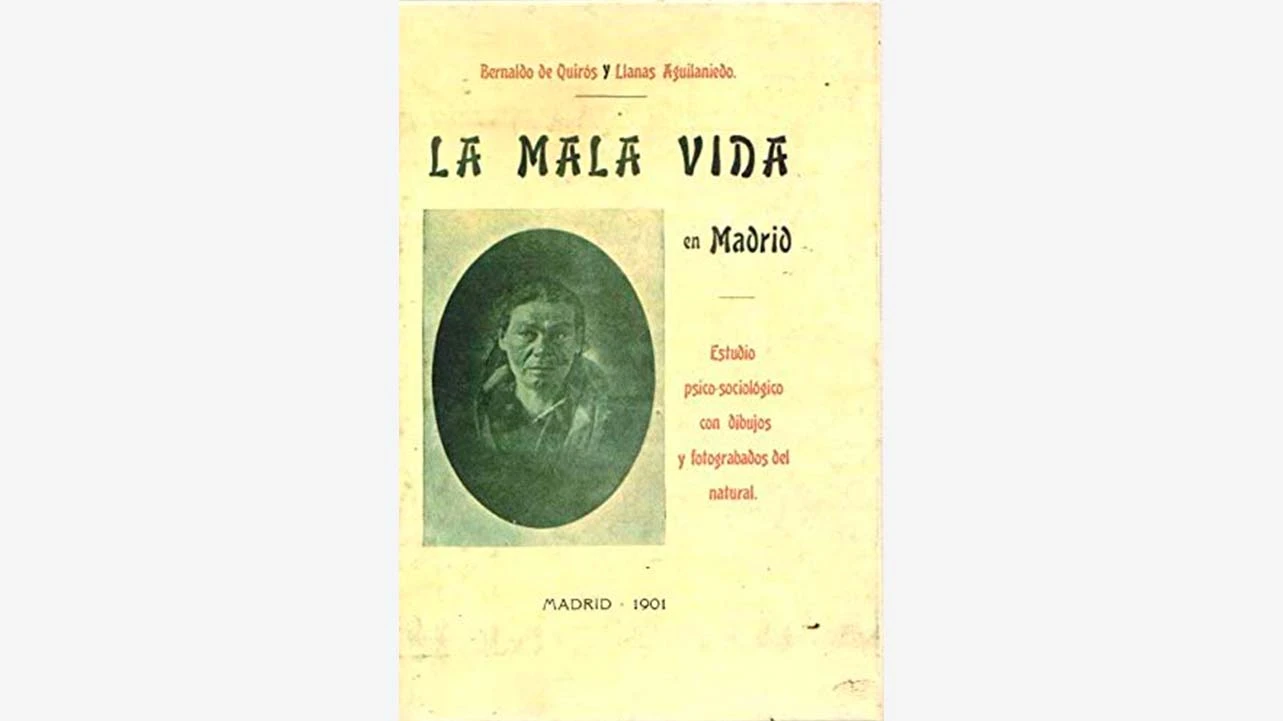
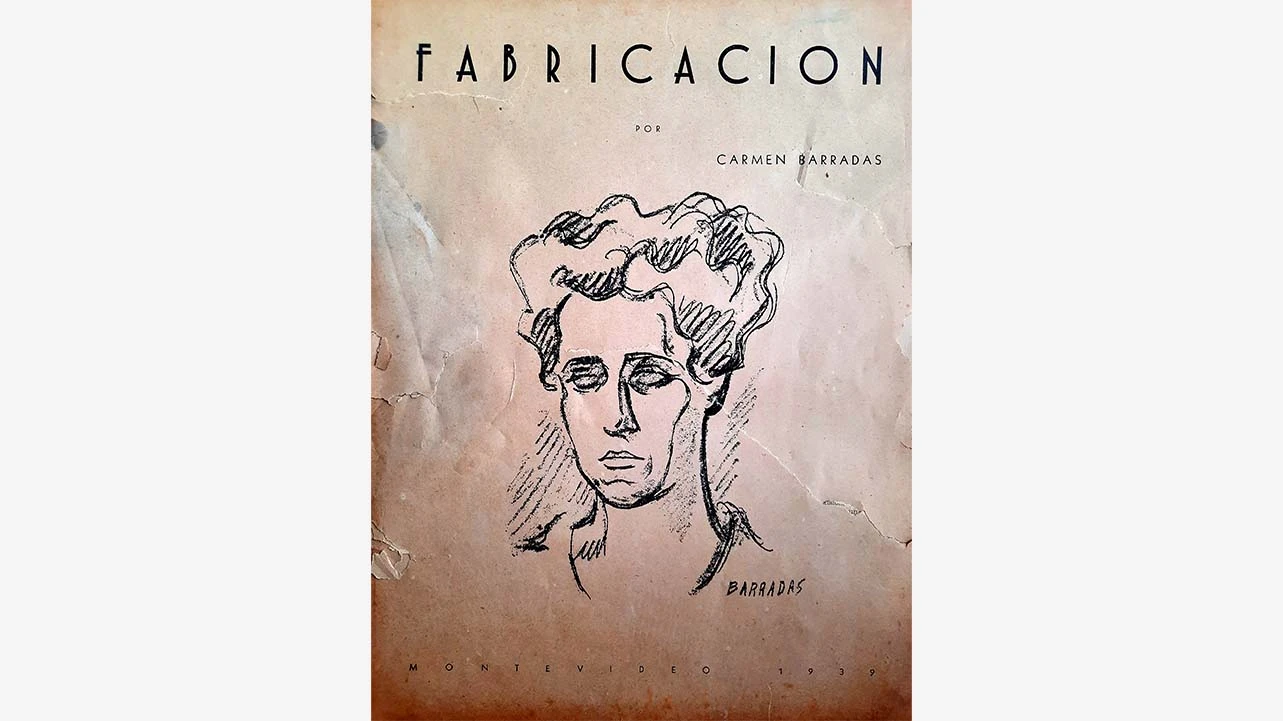
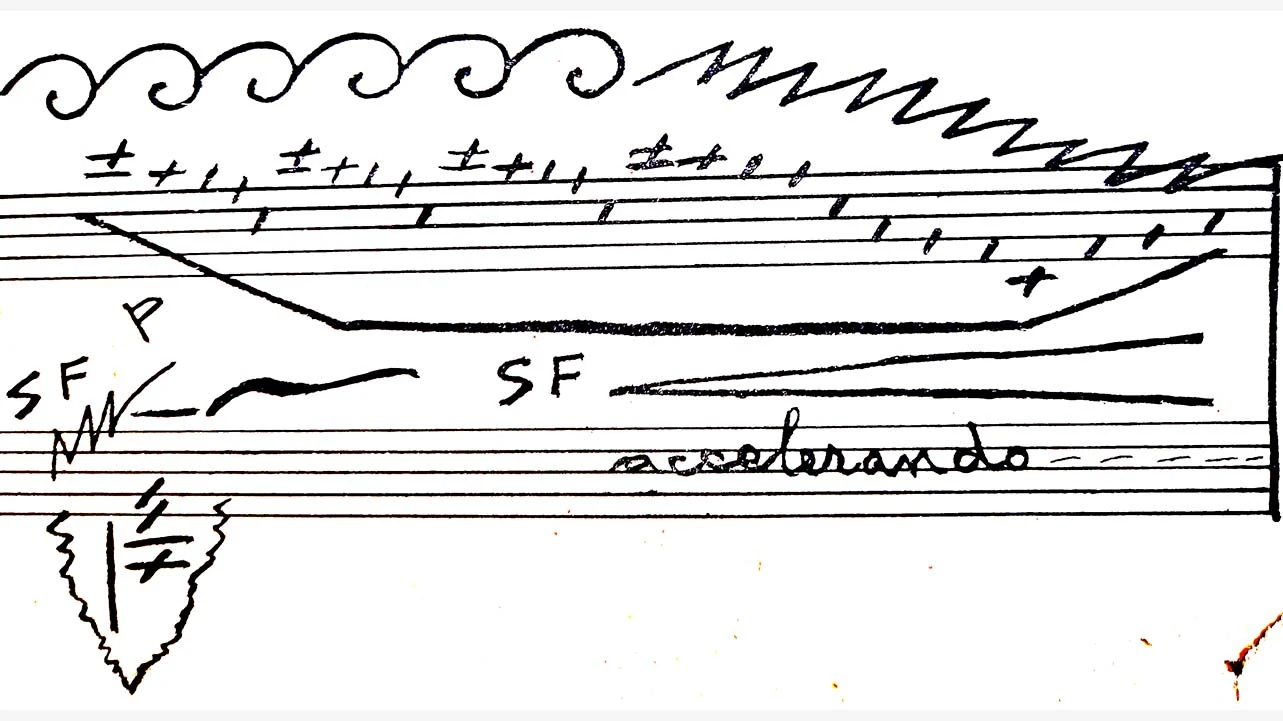
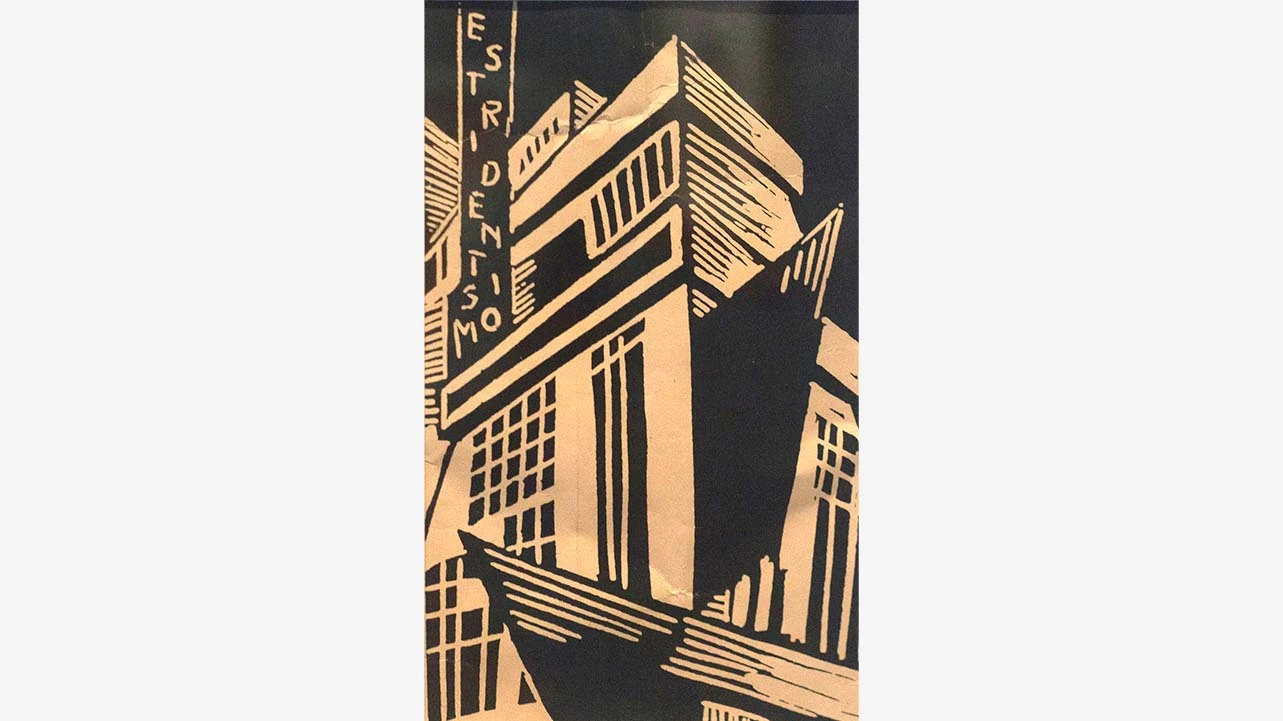
Más actividades

Oliver Laxe. HU/هُوَ. Dance as if no one were watching you
Tuesday, 16 December 2025 – 7pm
As a preamble to the opening of the exhibition HU/هُوَ. Dance as if no one were watching you, film-maker Oliver Laxe (Paris, 1982) engages in conversation with the show’s curators, Julia Morandeira and Chema González, touching on the working processes and visual references that articulate this site-specific project for the Museo Reina Sofía. The installation unveils a new programme in Space 1, devoted from this point on to projects by artists and film-makers who conduct investigations into the moving image, sound and other mediums in their exhibition forms.
Oliver Laxe’s film-making is situated in a resilient, cross-border territory, where the material and the political live side by side. In HU/هُوَ. Dance as if no one were watching you, this drift is sculpted into a search for the transcendency that arises between dancing bodies, sacred architectures and landscapes subjected to elemental and cosmological forces. As a result, this conversation seeks to explore the relationship the piece bears to the imagery of ancient monotheisms, the resonance of Persian Sufi literature and the role of abstraction as a resistance to literal meaning, as well as looking to analyse the possibilities of the image and the role of music — made here in collaboration with musician David Letellier, who also works under the pseudonym Kangding Ray — in this project.
These inaugural conversations, part of the main working strands of the Museo’s Public Programmes Area, aim to explore in greater depth the exhibition narratives of the shows organised by the Museo from the perspective of artists, curators and specialists.
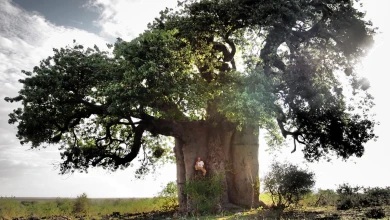
Francisco López and Barbara Ellison
Thursday, 11 December - 8pm
The third session in the series brings together two international reference points in sound art in one evening — two independent performances which converse through their proximity here. Barbara Ellison opens proceedings with a piece centred on the perceptively ambiguous and the ghostly, where voices, sounds and materials become spectral manifestations.
This is followed by Francisco López, an internationally renowned Spanish sound artist, who presents one of his radical immersions in deep listening, with his work an invitation to submerge oneself in sound matter as a transformative experience.
This double session sets forth an encounter between two artists who, from different perspectives, share the same search: to open ears to territories where sound becomes a poetic force and space of resistance.
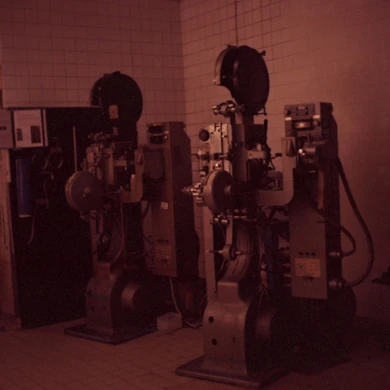
Long Live L’Abo! Celluloid and Activism
4, 5, 6 DIC 2025
L’Abominable is a collective film laboratory founded in La Courneuve (Paris, France) in 1996. It came into being in response to the disappearing infrastructures in artisan film-making and to provide artists and film-makers with a self-managed space from which to produce, develop and screen films in analogue formats such as Super 8, 16mm and 35mm. Anchored in this premise, the community promotes aesthetic and political experimentation in analogue film opposite digital hegemony. Over the years, L’Abominable, better known as L’Abo, has accompanied different generations of film-makers, upholding an international movement of independent film practices.
This third segment is structured in three sessions: a lecture on L’Abo given by Pilar Monsell and Camilo Restrepo; a session of short films in 16mm produced in L’Abo; and the feature-length film Une isle, une nuit, made by the Les Pirates des Lentillères collective.

Estrella de Diego Lecture. Holding Your Brain While You Sleep
Wednesday, 3 December 2025 – 7pm
Framed inside the Museo Reina Sofía’s retrospective exhibition devoted to Maruja Mallo, this lecture delivered by Estrella de Diego draws attention to the impact of the artist’s return to Spain after her three-decade exile in Latin America.
Committed to values of progress and renewal in the Second Republic, Mallo was forced into exile to Argentina with the outbreak of the Civil War and would not go back to Spain to settle definitively until 1965 — a return that was, ultimately, a second exile.
Mallo saw out her prolific artistic trajectory with two impactful series: Moradores del vacío (Dwellers of the Void, 1968–1980) and Viajeros del éter (Ether Travelers, 1982), entering her most esoteric period in which she drew inspiration from her “levitational experiences” of crossing the Andes and sailing the Pacific. Her travels, both real and imaginary, became encounters with superhuman dimensions.
In parallel, her public persona gained traction as she became a popular figure and a key representative of the Generation of ‘27 — the other members of which also started returning to Spain.
This lecture is part of the Art and Exile series, which seeks to explore in greater depth one of the defining aspects of Maruja Mallo’s life and work: her experience of exile. An experience which for Mallo was twofold: the time she spent in the Americas and her complex return to Spain.

Juan Uslé. That Ship on the Mountain
Tuesday, 25 November 2025 – 7pm
Ángel Calvo Ulloa, curator of the exhibition Juan Uslé. That Ship on the Mountain, engages in conversation with artist Juan Uslé (Santander, 1954) in the Museo’s Auditorium 400 to explore in greater depth the exhibition discourse of this anthological show spanning four decades of Uslé’s artistic career.
The show casts light on the close relationship Uslé’s work bears to his life experiences, establishing connections between different stages and series which could ostensibly seem distant. Framed in this context, the conversation looks to explore the artist’s personal and professional journey: his memories, experiences of New York, his creative process, conception of painting, and ties with photography and film, and the cohesiveness and versatility that characterise his art. Key aspects for a more in-depth understanding of his artistic sphere.
The conversation, moreover, spotlights the preparatory research process that has given rise to this exhibition to grant a better understanding of the curatorial criteria and decisions that have guided its development.
These inaugural conversations, part of the main working strands of the Museo’s Public Programmes Area, aim to explore in greater depth the exhibition narratives of the shows organised by the Museo from the perspective of artists, curators and specialists.



![Miguel Brieva, ilustración de la novela infantil Manuela y los Cakirukos (Reservoir Books, 2022) [izquierda] y Cibeles no conduzcas, 2023 [derecha]. Cortesía del artista](https://recursos.museoreinasofia.es/styles/small_landscape/public/Actividades/ecologias_del_deseo_utopico.jpg.webp)
![Ángel Alonso, Charbon [Carbón], 1964. Museo Reina Sofía](https://recursos.museoreinasofia.es/styles/small_landscape/public/Actividades/perspectivas_ecoambientales.jpg.webp)